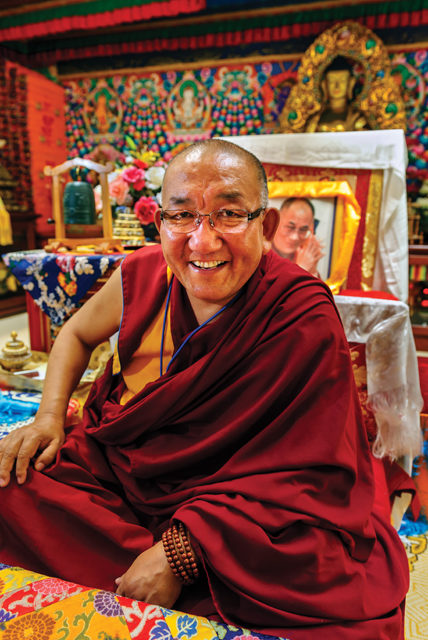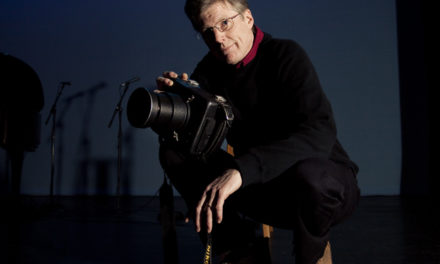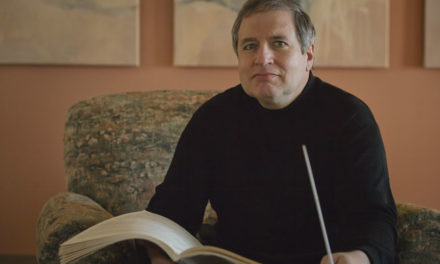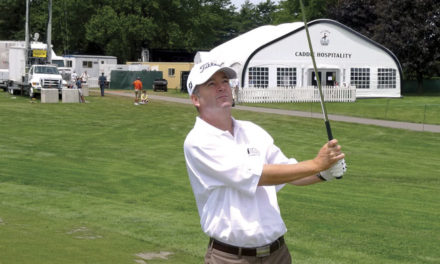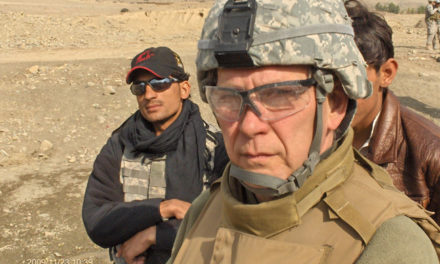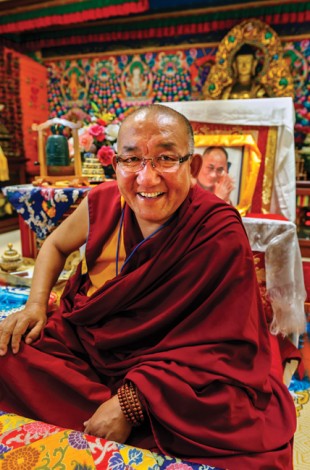
Arjia Rinpoche at the Tibetan Mongolian Buddhist Cultural Center in Bloomington. Photo by Steve Raymer
BY LEE ANN SANDWEISS
“His Holiness has specifically named you as the person he wants to take over the management of Indiana’s Tibetan Cultural Center.”
Those were the “magic words” in a 2005 phone call that brought Arjia Rinpoche, director of the Tibetan Mongolian Buddhist Cultural Center (TMBCC), to Bloomington. Just taking marching orders from the Dalai Lama would put him in a class by himself, but Rinpoche was already there, having been recognized as a reincarnate lama at age two.
In 1958, Rinpoche, a Tibetan of Mongolian descent, was eight years old and studying at Tibet’s well-known Kumbum Monastery when it was seized by Chinese authorities. In the 40 years that ensued, he endured forced labor and political manipulation by the Communist bureaucracy. In 1998 he fled to Guatemala for political asylum and made his way to the U.S. With the help of sponsors, Rinpoche founded the Tibetan Center for Compassion and Wisdom in Mill Valley, California, and it was from there he received the Dalai Lama’s summons to Bloomington.
Rinpoche assumed the directorship of the TMBCC in 2006, taking over from its founder Thubten Jigme Norbu, elder brother of the Dalai Lama, who had been incapacitated by a series of strokes and died in 2008. Since overseeing the renovation of the center in time for the Dalai Lama’s fifth visit in 2007, Rinpoche has been engaged in myriad projects in both Bloomington and Mongolia.
“When His Holiness said ‘go to Indiana,’ he had three missions for me: establish Kumbum West, and that is what the TMBCC now is; introduce and preserve Tibetan culture and religion here and establish an interfaith program open to all; and include Mongolians here, because Mongolians have nowhere to go,” Rinpoche explains. In 2007 the Tibetan Cultural Center was renamed the Tibetan Mongolian Buddhist Cultural Center to reflect the commitment to Mongolian representation.
Rinpoche is concurrently working on two brick-and-mortar projects—the construction of a multiple-family-residence facility at a children’s cancer hospital in Mongolia, and the expansion of the pavilion at the TMBCC, which will serve as a Buddhist museum.
“We are at the early planning stage for the museum,” Rinpoche says. “We have many artifacts of ritual significance that have been donated to the TMBCC, but we do not have the space to properly display them.”
Read more about Rinpoche’s pre-Bloomington life in his 2010 memoir Surviving the Dragon (Rodale).


